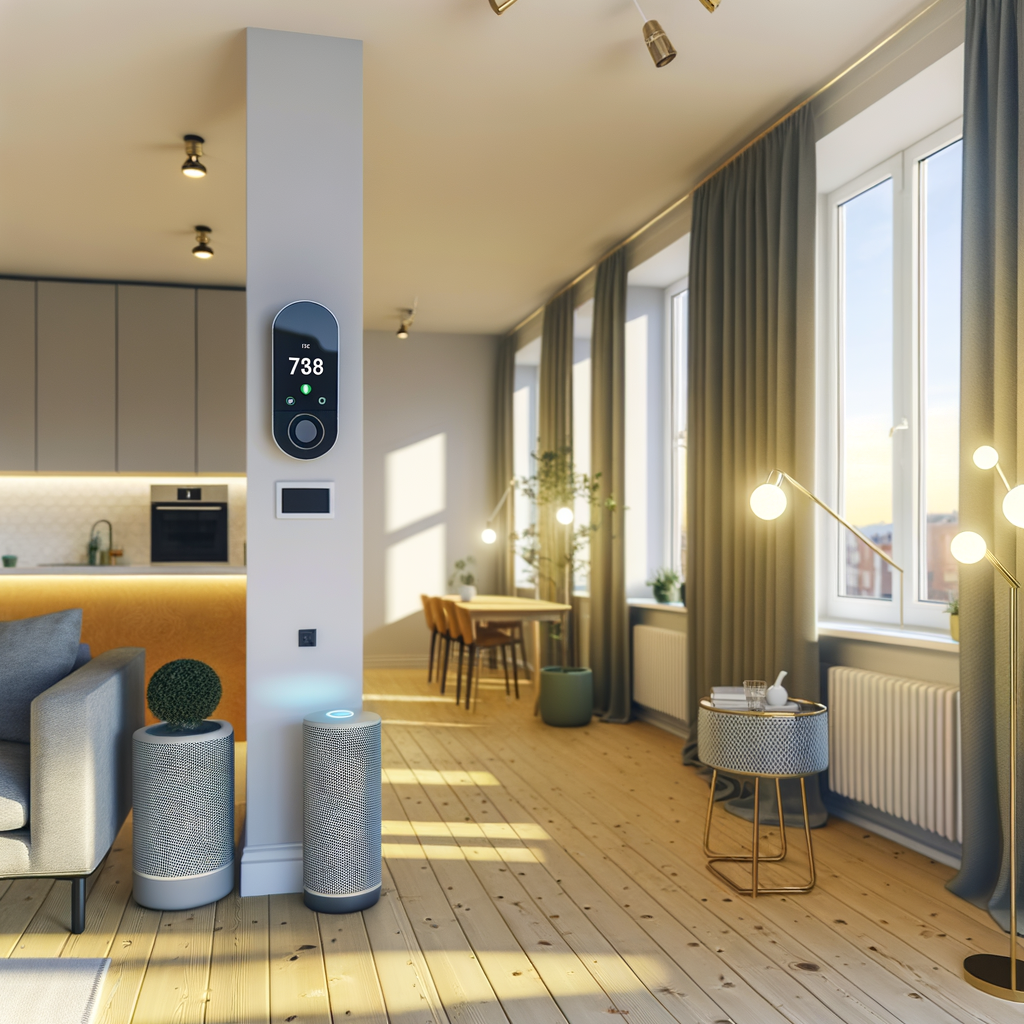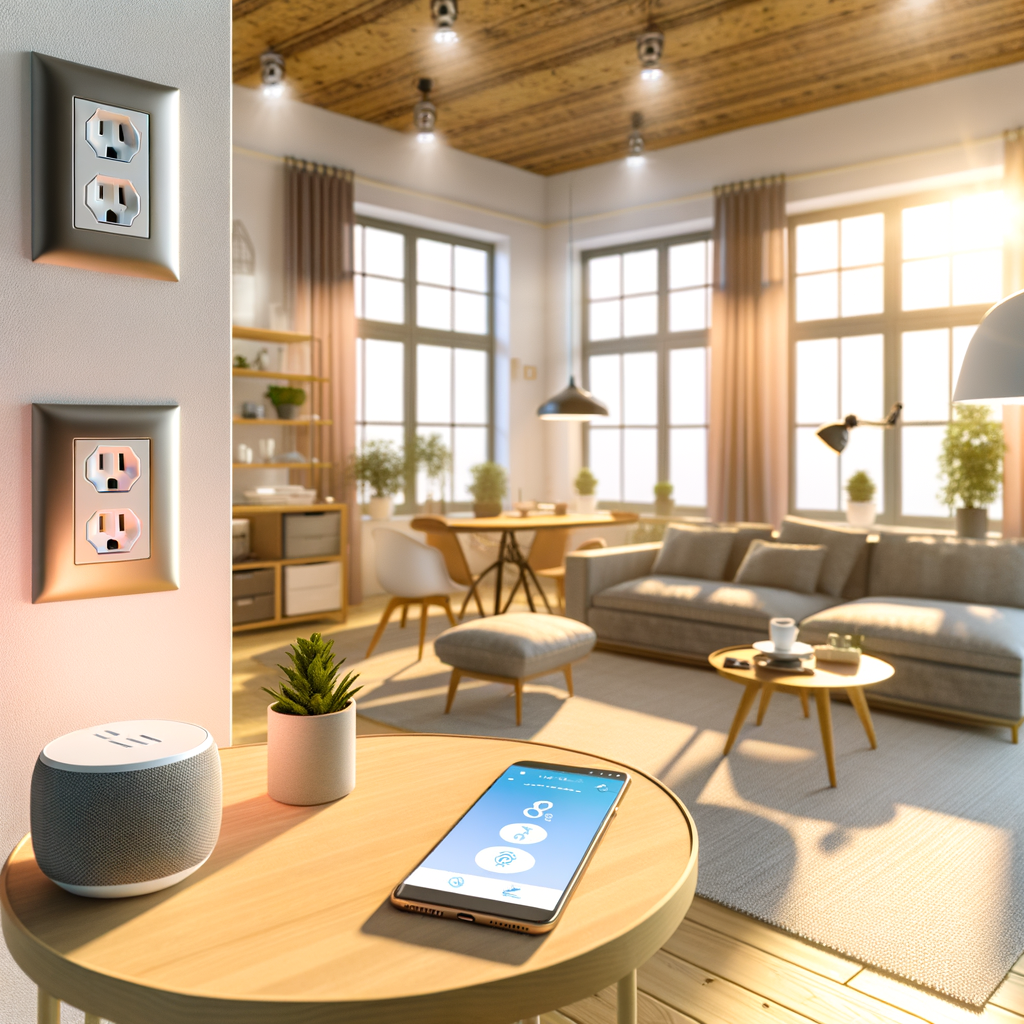Myth-Busting Smart Homes: 5 Common Misconceptions Renters Have About Eco-Friendly Tech
Smart home technology is changing the way we live. Yet, for many renters, the idea of turning their space into a tech-savvy, eco-friendly haven seems out of reach. Is it really so complicated, costly, or out of bounds if you don’t own the place? Let’s dig in and separate fact from fiction.
Below, we’ll debunk the top five myths that stop renters from embracing smart home tech — and show you practical, budget-friendly ways to turn any rental into a greener, smarter space.
Why Renters Hesitate About Smart Eco Tech
Many renters hesitate to invest in smart home gadgets designed to save energy and cut waste. Why? Misinformation and a few persistent myths often stand in the way. The truth is: today’s smart home devices are more accessible, affordable, and renter-friendly than ever before.
- Affordability: Devices start under $30 and can pay for themselves through energy savings.
- Ease of installation: Most products require no wiring, drilling, or permanent changes.
- Portability: You can usually take your investment with you to your next place.
Let’s cut through the confusion by tackling the top misconceptions one by one.
Myth 1: “Smart Home Tech Is Too Expensive for Renters”
Reality: Smart Devices Fit All Budgets
While some smart devices come with a hefty price tag, many renter-friendly solutions are surprisingly affordable. Smart plugs, LED bulbs, basic thermostats, and leak detectors can cost as little as $20-$50 each.
- Energy-saving smart plugs: Plug one in, connect your device, and control it from your phone. These let you schedule off-hours for lamps and appliances, cutting “phantom energy” waste.
- Smart bulbs: No wiring needed — just screw them into an existing fixture. Adjust brightness or set timers from your phone to save energy.
- Intuitive smart thermostats: Some models install directly over your old thermostat without wiring changes (with landlord approval, if needed), or you can use portable options for single-room control.
How to Save Even More:
- Look for rebates and incentives: Many utility companies and local governments offer rebates for energy-saving gadgets.
- Buy certified used or refurbished devices: Trusted brands on Amazon often sell “renewed” or warehouse deals at big discounts.
- Start small and scale up: Even one or two devices can deliver noticeable savings on your bills.
Myth 2: “Smart Home Devices Require Complicated Installation or Drilling”
Reality: Most Devices Are Plug-and-Play—or Even Adhesive
Gone are the days of running wires and drilling into walls (a no-no in most rentals). Modern smart home tech is designed for renters and beginners:
- Smart plugs and adapters: Just plug them into an outlet. No tools required.
- Adhesive smart sensors: Door/window sensors use 3M adhesive, not screws, and peel right off at move-out.
- Wi-Fi bulbs and lamps: No special fixtures—use your existing lamps or sockets with a basic app.
- Portable air quality monitors: Completely freestanding units monitor CO2, humidity, and more from a desktop or shelf.
Pro Tips for Zero-Damage Installation:
- Avoid drilling or modifying: Always check your lease, but most tech can be installed without leaving a mark.
- Choose battery- or USB-powered options: Skip hardwired choices and opt for portable models you can take with you.
- Keep all packaging and manuals: Makes moving out and reinstalling in your next place a breeze.
Myth 3: “Eco-Friendly Smart Tech Doesn’t Make Much Difference in a Rental”
Reality: Even Small Changes Build Up to Big Impact
Renters may feel like little changes won’t matter. But smart eco-tech—especially energy-saving ones—go a long way.
- Smart thermostats can cut heating and cooling bills by 10-15% (U.S. Department of Energy estimate).
- LED smart bulbs last up to 25 times longer than incandescents and use 75% less energy.
- Smart plugs with scheduling can stop “vampire appliances” from draining energy when not in use.
- Water leak detectors alert you to problems before they cause expensive damage or waste.
Your Impact Multiplied: If every renter in the U.S. used just one smart thermostat or switched to LED smart bulbs, the combined effect would be enormous—for your wallet, the grid, and the planet.
Green Tech for Small Spaces
Short on space? Smart products are designed to fit apartments, condos, and even dorm rooms. Look for compact designs, portable units, and wireless setups.
- Room-based thermostats work without replacing central systems.
- Clip-on draft stoppers and window sensors help manage heat and cooling loss.
Myth 4: “You Can’t Take Smart Devices With You When You Move”
Reality: Most Devices Are Completely Portable
One of the biggest selling points of renter-friendly smart tech is portability. Nearly all the eco-friendly smart gadgets discussed here are “plug-and-play,” easily packed up and moved to your next rental.
- Pack up and bring your investment: Smart plugs, bulbs, sensors, filters, and speakers need no hardwiring. Just unplug and pack.
- Easy transfer of settings: Most devices let you back up or transfer your settings through the app — so set up is fast in your new home.
- Multi-platform compatibility: Most leading brands work with both Android and iOS devices, so you don’t have to re-buy if you upgrade tech.
What to Leave Behind
- Devices that permanently modify the home (e.g., hardwired thermostats or in-wall outlets) may need to stay, depending on landlord agreement. Get approval first, and clarify whether you’re allowed to remove or must leave them for the next tenant.
Myth 5: “Landlords Won’t Allow Smart Home Upgrades”
Reality: Renter-Friendly Devices Often Don’t Need Permission
Most landlords only prohibit modifications that cause damage or require wiring/drilling. Portable smart gadgets—think plug-in, screw-in, or adhesive types—fit within most leases.
- No-permission devices: Smart plugs, bulbs, leak detectors, air purifiers, and stand-alone sensors.
- Check before installing: For wall-mounted thermostats or anything affecting the building’s electrical system, always ask first. Many landlords are open to upgrades that raise property value and tenant satisfaction, especially if you offer to restore the original device when you move out.
How to Get Your Landlord on Board
If you want to install something more “permanent,” such as a smart thermostat:
- Present the benefits: Reduced energy costs, leak detection, and security monitoring can lower their maintenance costs and add value.
- Offer to cover installation and maintenance: Some landlords will allow upgrades if you pay for the device and return everything to its original condition at move-out.
- If in doubt, put it in writing: Get approval via email or in your lease addendum.
Bonus Misconceptions: Other Smart-Home Myths Worth Busting
- “Smart tech is too hard to use.” Most devices are designed for beginners, with step-by-step app setup.
- “Smart devices need a special hub.” Nearly all entry-level gadgets now work with home Wi-Fi or Bluetooth—no extra hardware required.
- “Smart devices invade your privacy.” Choose reputable brands with transparent privacy policies




